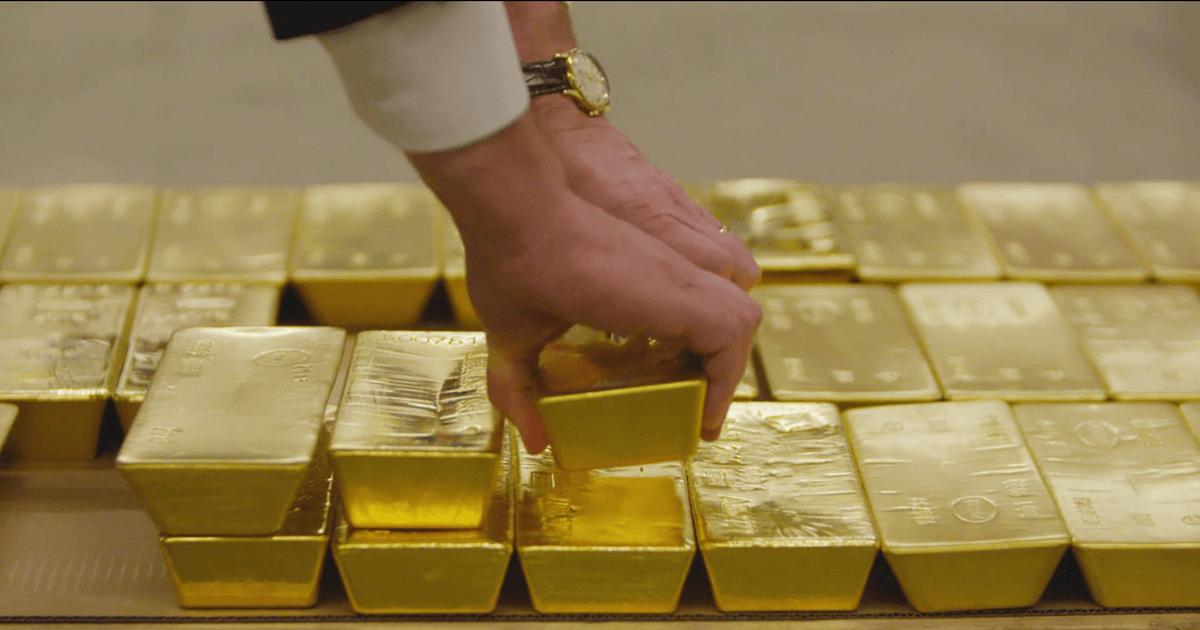Silver, often referred to as the “poor man’s gold,” plays a crucial role in both investment and industrial sectors. Understanding the factors that influence silver prices is essential for investors, traders, and anyone interested in the precious metals market. This article delves into the various elements that drive silver prices, providing insights into market dynamics, economic indicators, and investor behavior.
1. Supply and Demand Dynamics
The fundamental principle of supply and demand is the cornerstone of silver pricing. Silver is not only a precious metal used for investment but also has significant industrial applications, including electronics, solar panels, and medical devices.
Industrial Demand
The industrial sector accounts for approximately 50% of silver demand. As technology advances and the green energy sector grows, the demand for silver in solar panels and electric vehicles is expected to rise. This industrial demand can significantly impact silver prices, especially during economic booms when manufacturing activity increases.
Investment Demand
On the investment side, silver is viewed as a safe haven during economic uncertainty. Investors flock to silver as a hedge against inflation and currency devaluation. The demand for silver coins, bars, and exchange-traded funds (ETFs) can lead to price fluctuations based on market sentiment.
2. Economic Indicators
Economic indicators play a vital role in determining silver prices. Key indicators include inflation rates, interest rates, and overall economic growth.
Inflation and Interest Rates
When inflation rises, the purchasing power of currency decreases, prompting investors to seek tangible assets like silver. Conversely, higher interest rates can lead to a decline in silver prices, as they increase the opportunity cost of holding non-yielding assets.
Economic Growth
During periods of economic growth, industrial demand for silver tends to increase, pushing prices higher. Conversely, during recessions, both industrial and investment demand may decline, leading to lower prices.
3. Geopolitical Factors
Geopolitical events can create uncertainty in financial markets, influencing silver prices. Political instability, trade wars, and conflicts can drive investors toward safe-haven assets like silver.
Market Sentiment
Investor sentiment is often swayed by geopolitical tensions. For instance, during times of crisis, silver prices may surge as investors seek refuge from volatile stock markets. Conversely, when geopolitical tensions ease, silver prices may stabilize or decline.
4. Currency Strength
The strength of the U.S. dollar is another critical factor affecting silver prices. Silver is typically priced in dollars, so a stronger dollar makes silver more expensive for foreign investors, potentially reducing demand.
Currency Fluctuations
When the dollar weakens, silver prices often rise as it becomes cheaper for investors using other currencies. Conversely, a strong dollar can lead to lower silver prices, as it increases the cost for international buyers.
5. Market Speculation
Speculation plays a significant role in the silver market. Traders and investors often react to market trends, news, and technical analysis, which can lead to short-term price volatility.
Futures and Options Markets
The silver futures market allows traders to speculate on future price movements. Large positions taken by speculators can lead to significant price swings, impacting the overall market.
6. Technological Advancements
Technological advancements in mining and refining processes can also influence silver supply and prices. Improved extraction methods can increase the availability of silver, potentially leading to lower prices.
Recycling and Sustainability
The recycling of silver from old electronics and other sources is becoming increasingly important. As recycling technologies improve, the supply of recycled silver may rise, affecting overall market dynamics.
Conclusion
Understanding what moves the silver price requires a multifaceted approach. From supply and demand dynamics to economic indicators, geopolitical factors, currency strength, market speculation, and technological advancements, each element plays a vital role in shaping the silver market. For investors and traders, staying informed about these factors is essential for making informed decisions in the ever-evolving landscape of precious metals. As the market continues to change, keeping an eye on these influences will be crucial for navigating the complexities of silver investing.




